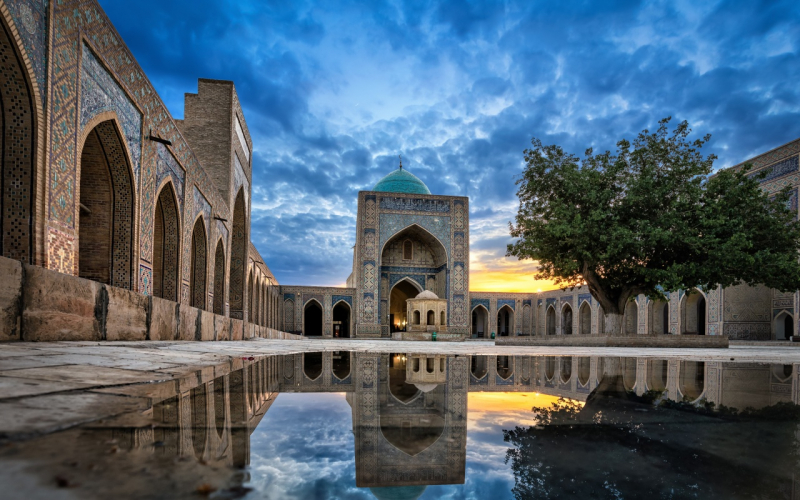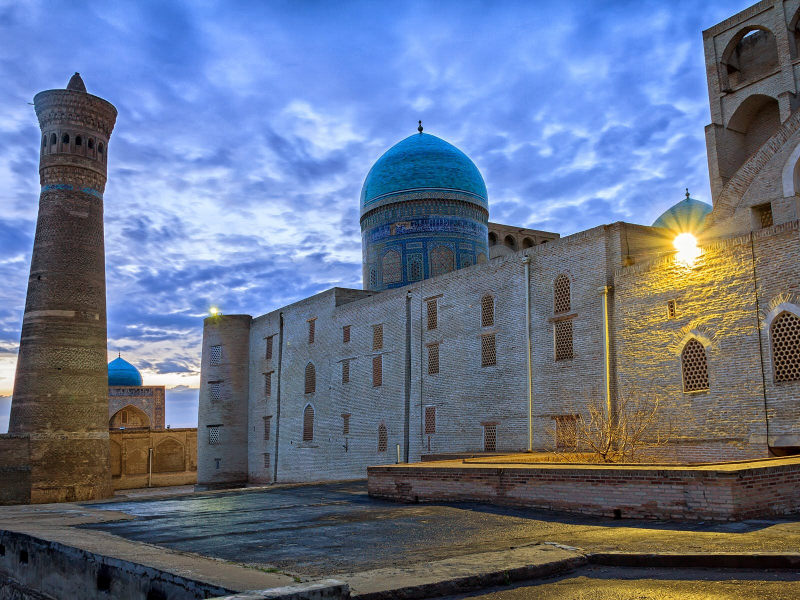Silk Road and the cultural melting pot

The Silk Road dates back to 138 BC, when China opened its borders. Over ages, traders, missionaries, and conquerors passed through Uzbekistan, bringing with them different cultures, faiths, and crafts, the vestiges of which may still be found.
The paved alleys of Tashkent, Samarkand, and Bukhara in Uzbekistan's Central Asian country are studded with captivating embellishments that once placed them on a crucial trajectory astride the historic Silk Road. The cross-section connecting Anatolia and the Mediterranean Sea with China on one hand, and South Asia with Europe and Africa on the other, created a melting pot of civilizations in this region.
The 450-kilometer (280-mile) road connecting Tashkent, the modern capital city, and Samarkand, the historic city, is bordered with Chinars. Roadside highway eateries that serve cuisine on raised wooden platforms adorned with rugs and pillows instead of tables and chairs in the shade of chinars and mulberry trees are stunning. Glittering minarets, sensuous domes, and hypnotic mosaics make Samarkand and Bukhara, Uzbek cities, grand live museums.











